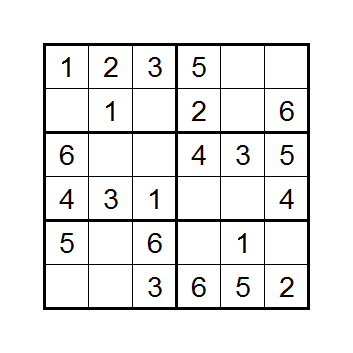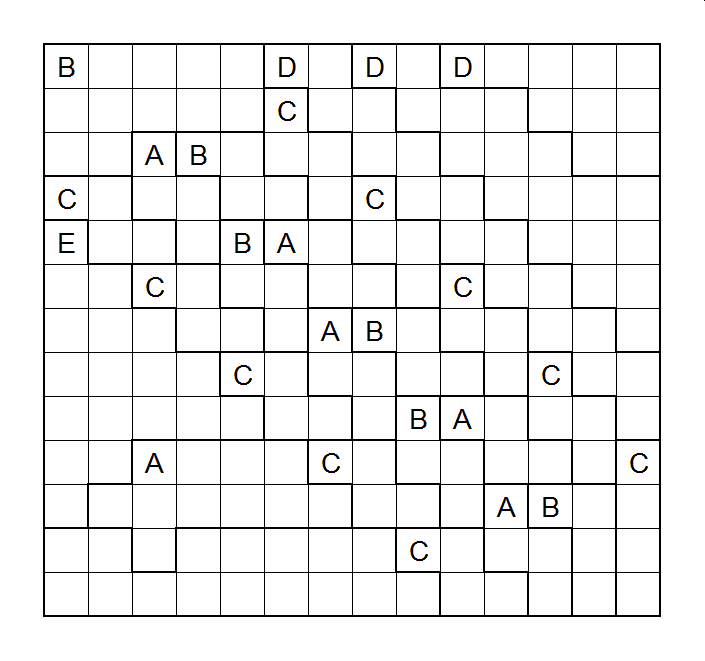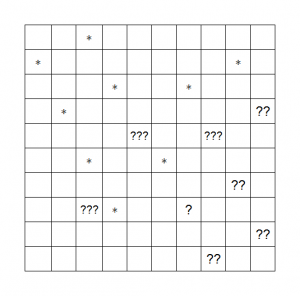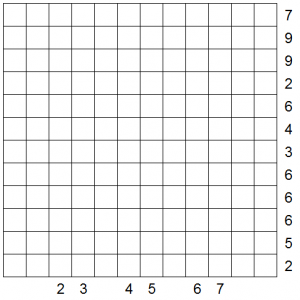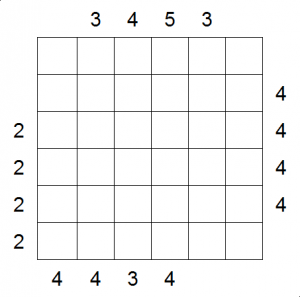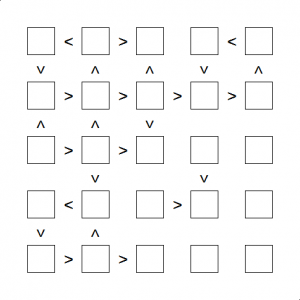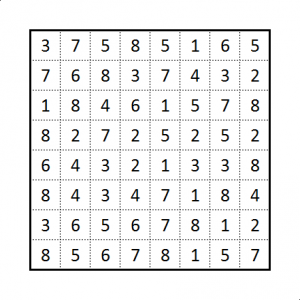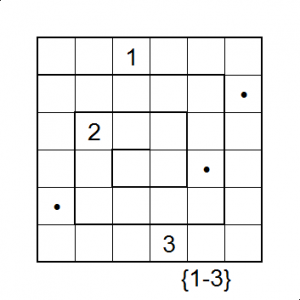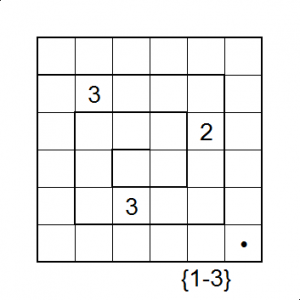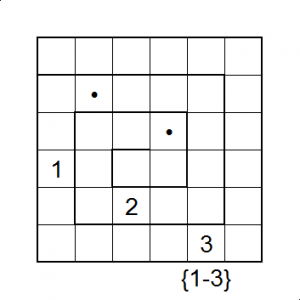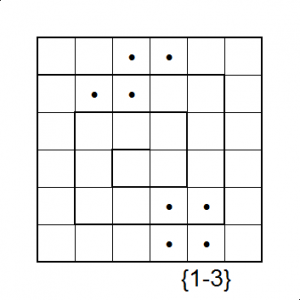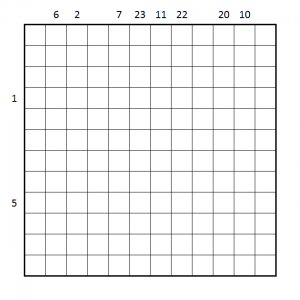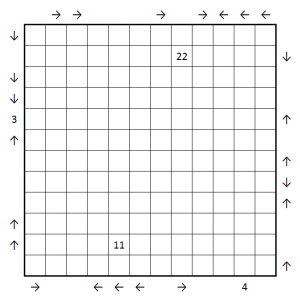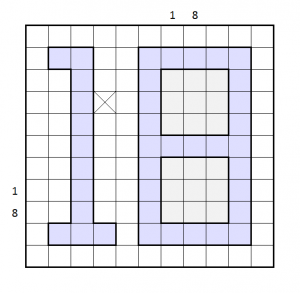Corrupt Sudoku
I haven’t seen this variant before, so I took the liberty of naming it. I wouldn’t be surprised if someone else had already invented it, though.
Rules:
- Unlike regular Sudoku, numbers do repeat in rows, columns and regions.
- Each row contains exactly one number twice, but the doubled number is different in each row.
- Also, each row is missing exactly one number, but the missing number is different in each row.
- The same applies to columns and regions.
For an easier puzzle, change the 5 in the top row into a 1. It’s not that hard, but getting used to the logic probably makes it harder.
EDIT: Corrected the rules. The old rules weren’t strict enough to guarantee an unique solution.
